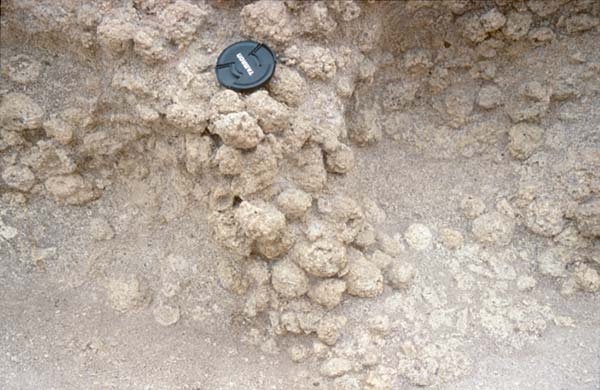Miocene carbonates as indicators of climate change
Faunal or floral turnovers and community replacements are commonly observed throughout geologic history in carbonate settings and can be attributed to a variety of climatic, plate tectonic, oceanographic, biogeographic, and evolutionary controls. Sea-level fluctuations and changes in temperature and nutrients, which are supplied to the shallow ocean by either land runoff or vertical mixing processes such as upwelling, are the most important controls over short- and medium-term time scales. We study an example of a community replacement involving Miocene carbonate settings, which are characterized by a worldwide bloom of coralline red algae. Under similar temperatures, corals are well known to exist preferably in nutrient-poor settings, whereas coralline red algae can also be abundant under elevated nutrient levels. Global distributions illustrate that from 16-11 Ma coralline red algal dominated settings reached peak abundances and commonly replaced coral-reef environments, accompanied by a decline in other light-dependent carbonate producers. The dominance of red algae over coral reefs appears to have been triggered by globally strengthened thermal gradients leading to enhanced upwelling while climate change generated increased weathering rates, introducing land-derived nutrients into the oceans. Globally cooler temperatures following a climatic optimum in the early middle Miocene contributed to sustain the dominance of red algae and prevented the recovery of coral reefs, which are adapted to warm temperatures. The global shift in nearshore shallow-water carbonate producers to groups tolerant of higher nutrient levels provides further evidence for increased nutrient levels during that time interval and shows the sensitivity of shallow-water limestones as indicators of past oceanographic conditions.
ABOVE: Outcrop showing rhodoliths from the middle Miocene (Syracuse, Italy)
